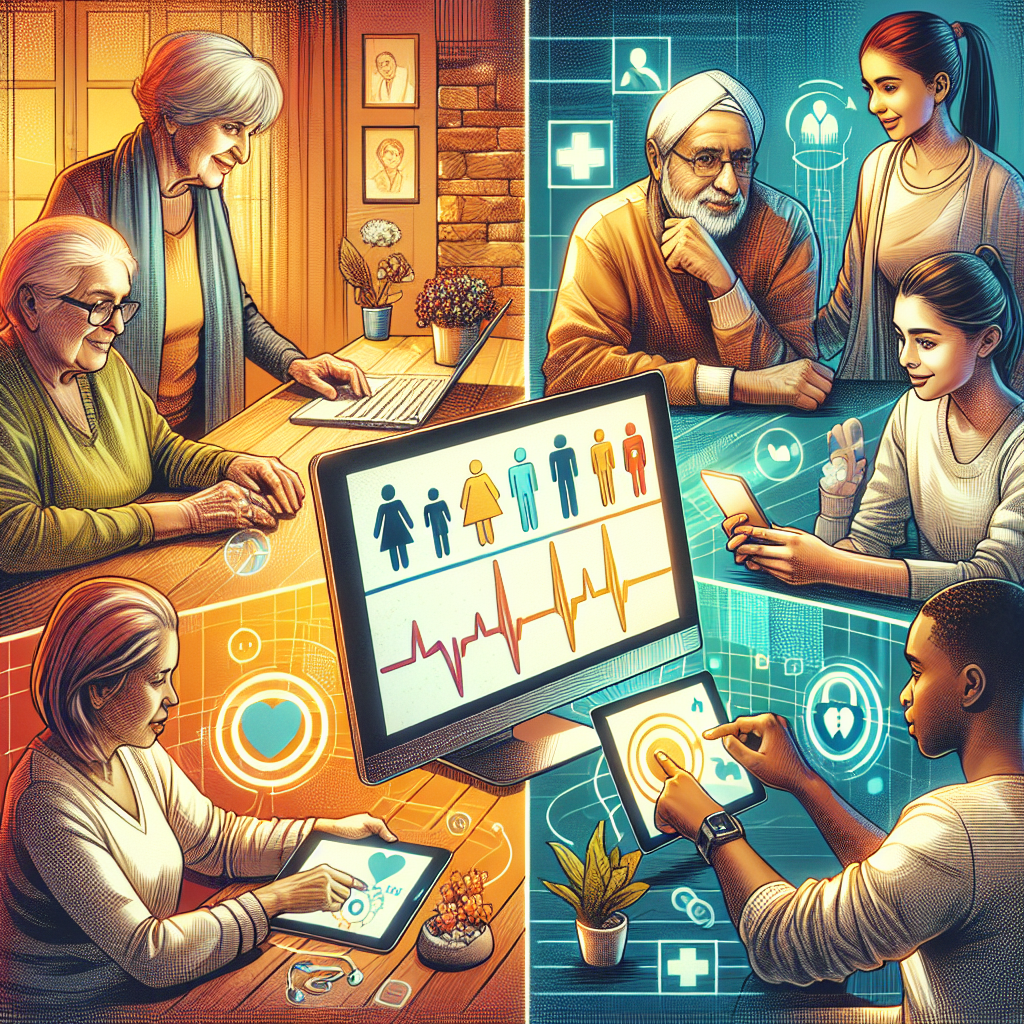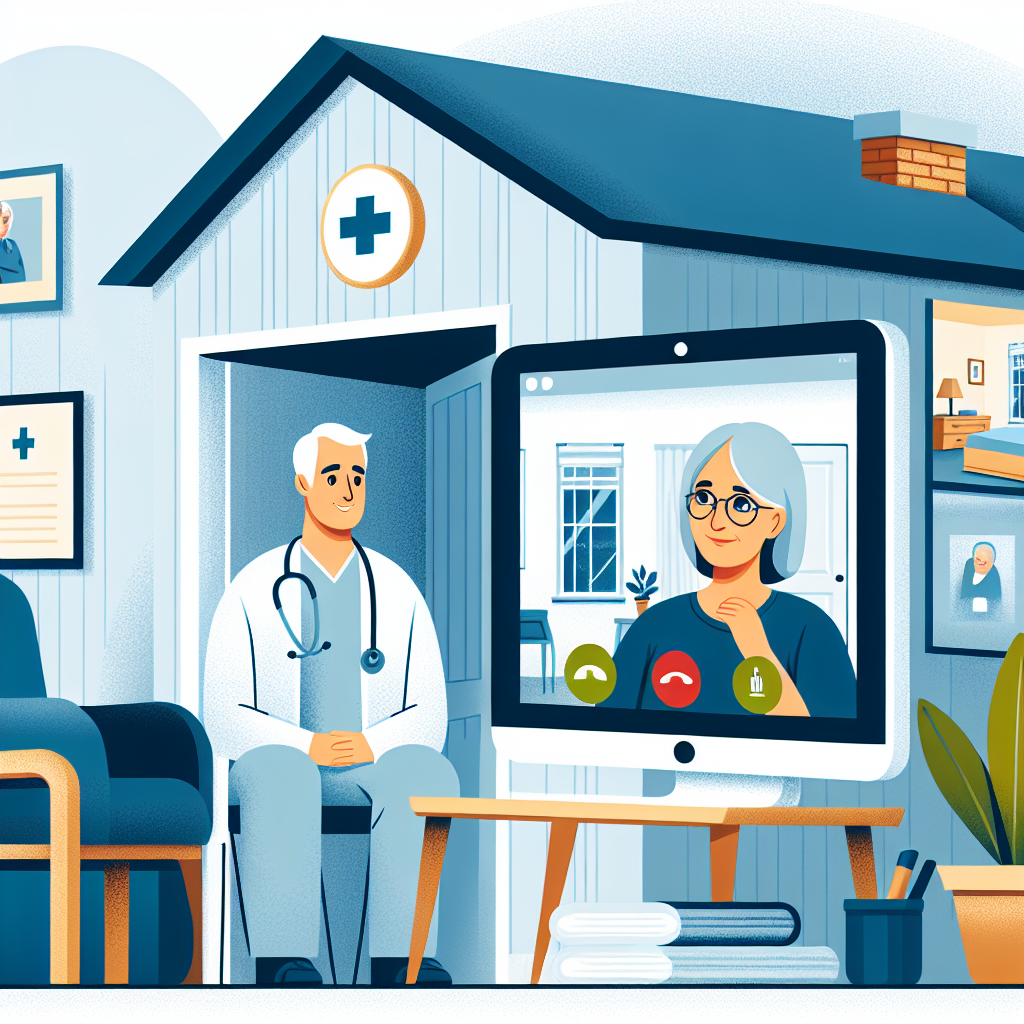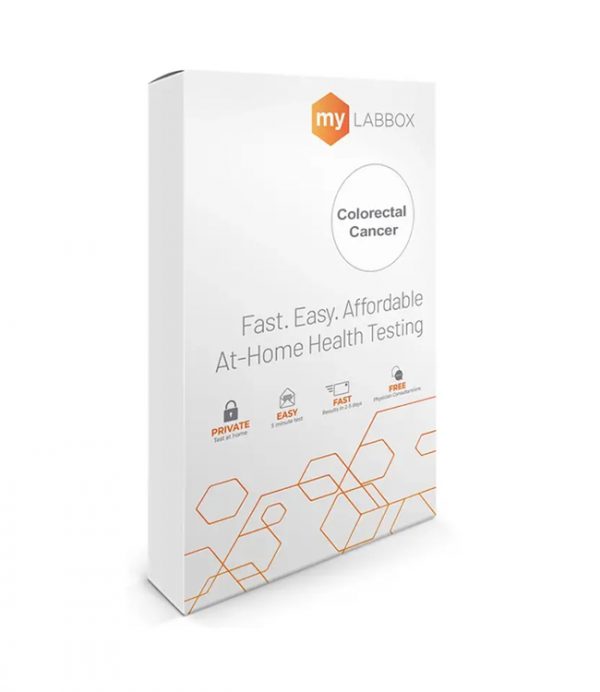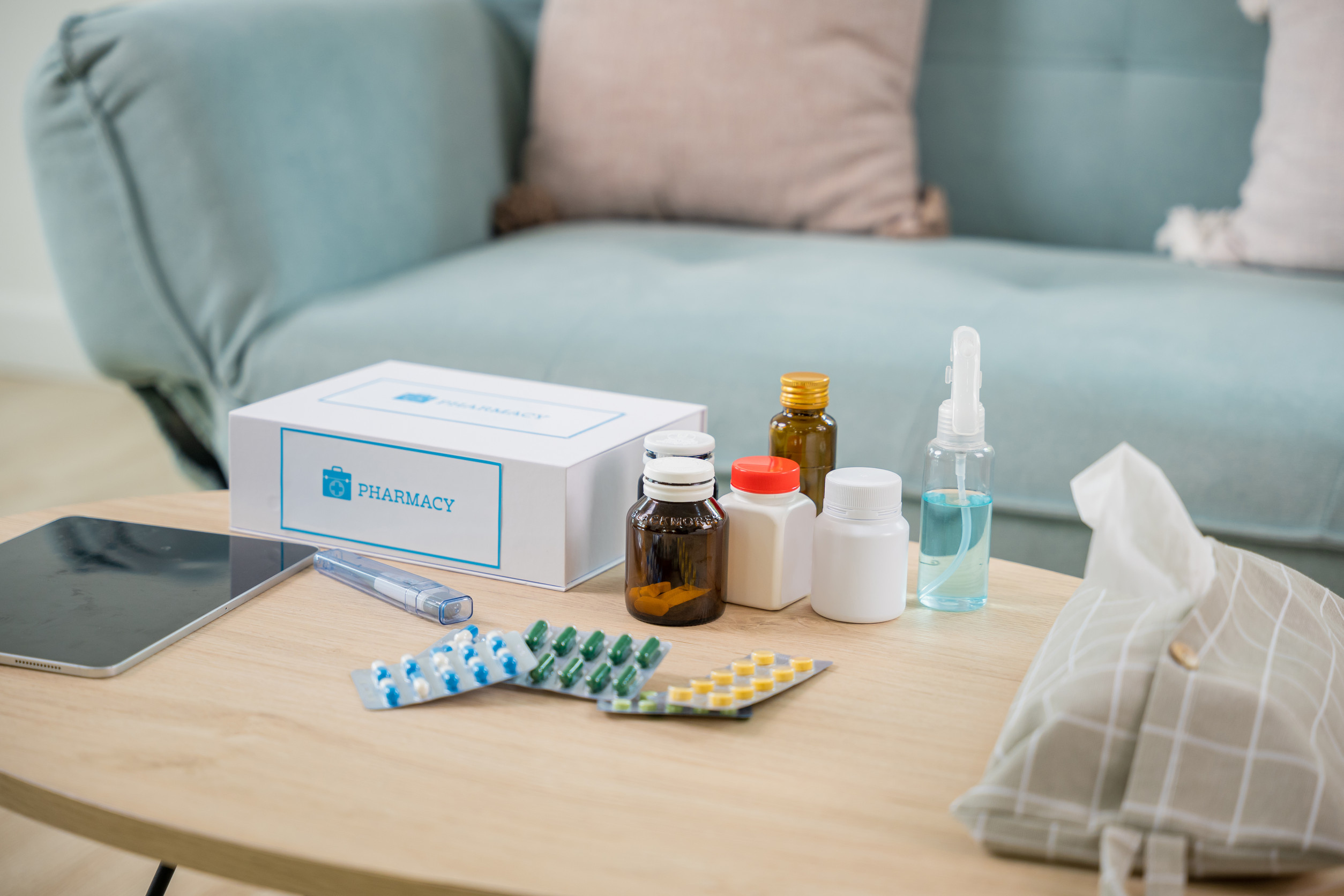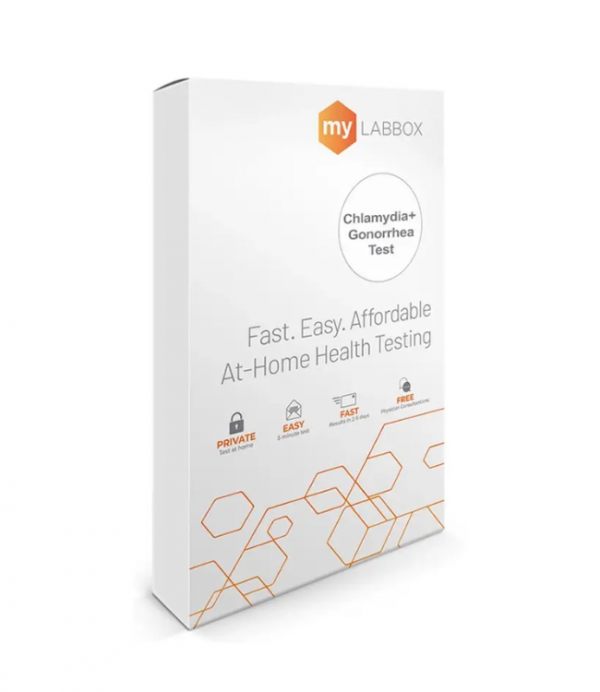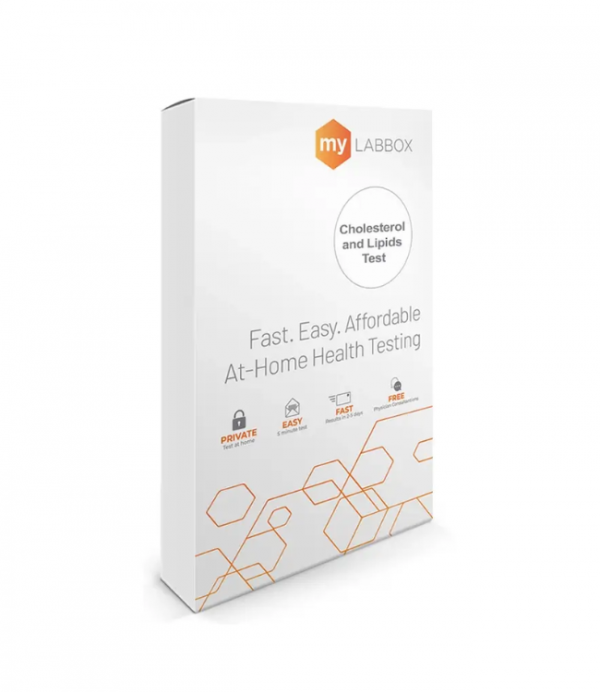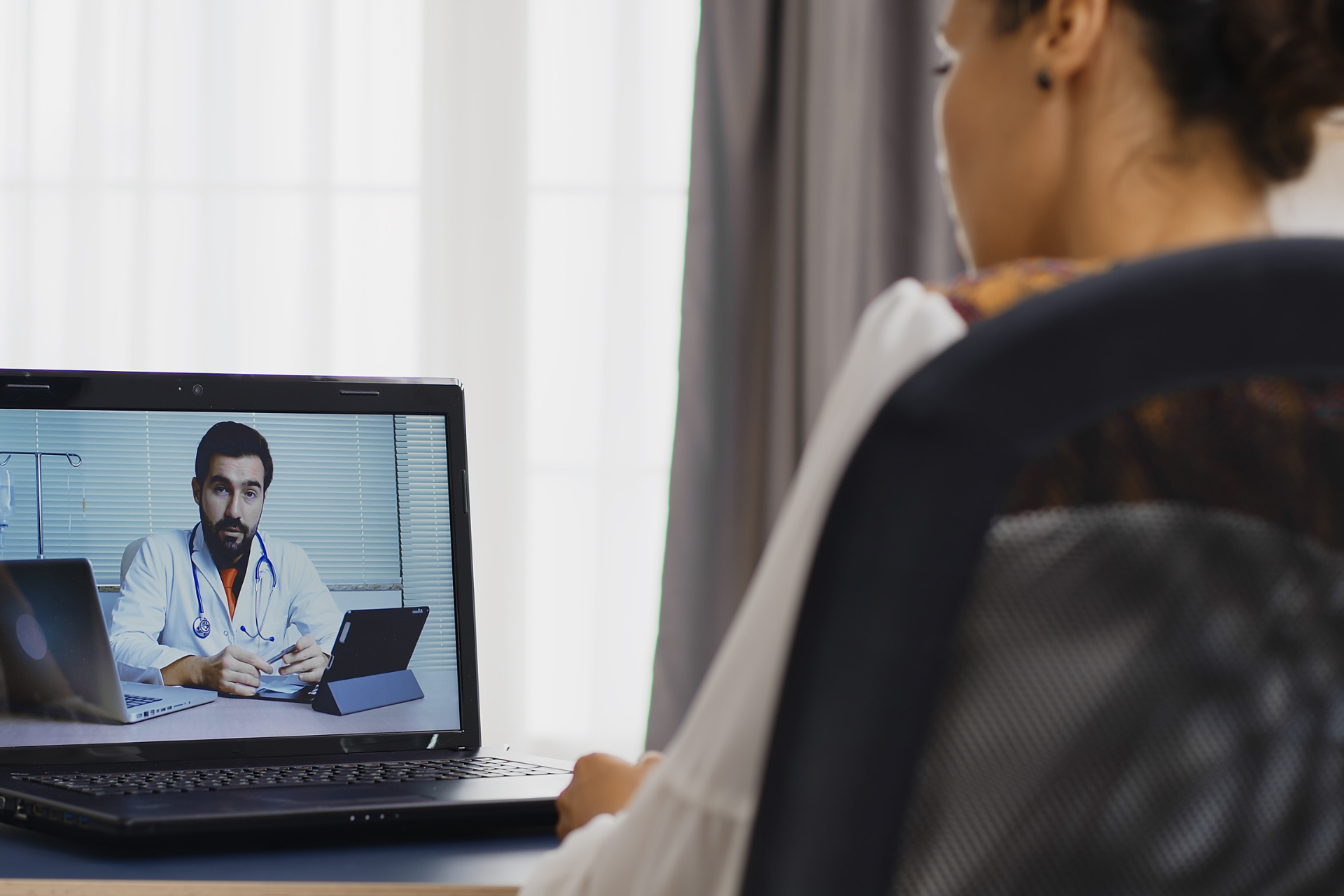Telemedicine Coverage: Busting the Myths and Revealing the Truth
Telemedicine has evolved from a convenient alternative into a cornerstone of modern healthcare. With advancements in digital health platforms and increasing demand for accessible care, services like virtual consultations, remote monitoring, and online therapy have gone mainstream. In fact, a 2021 report from McKinsey & Company revealed that telehealth usage surged to 38 times its pre-pandemic level.
Despite this growth, confusion remains—especially around insurance coverage. Misunderstandings and outdated information continue to prevent many people from embracing this time-saving, cost-effective option. In this guide, we uncover and correct the most common myths surrounding telemedicine coverage, empowering you to take full advantage of your benefits.
Myth 1: Insurance Doesn’t Cover Telemedicine
Reality: Most insurance providers—including private insurers, Medicare, and Medicaid—now cover a wide range of telemedicine services.
While telemedicine coverage was once limited, especially before 2020, the COVID-19 pandemic dramatically reshaped insurance policies. Emergency legislation and sustained consumer demand led insurers to expand their telehealth offerings significantly.
As of 2022, over 95% of large employers offered health plans with telemedicine coverage, according to the Kaiser Family Foundation. Even Medicare, once slow to adapt, now includes extensive remote care services—from psychotherapy to endocrinology.
Dr. Karen Zhang, a health policy researcher at Johns Hopkins University, explains, “Insurers have realized telemedicine isn’t just a perk—it enhances access, reduces costs, and often matches or exceeds in-person outcomes for non-emergency care.”
For example, someone managing a chronic condition like diabetes can now check in monthly with an endocrinologist via video—covered completely by insurance—eliminating the need for travel and time off work.
Myth 2: Virtual Visits Cost More Than In-Person Appointments
Reality: Remote appointments often cost less—and can even be free, depending on your plan.
Many people mistakenly believe that the convenience of telemedicine comes with a higher price tag. In reality, most insurers have designed telehealth services to be more affordable, offering lower co-pays and reducing the overall cost of care.
In some health plans, virtual visits cost the same—or even less—than traditional appointments. Some providers may even waive fees completely if you use their preferred telemedicine platform. According to FAIR Health, the average cost of a virtual primary care visit is $79, compared to $146 for an in-office appointment—a 45% reduction.
There are additional, often overlooked savings: no time lost commuting, no need to arrange childcare, and no exposure to crowded waiting rooms.
Example: If you’re dealing with a recurring skin issue like eczema, a quick video consultation with a dermatologist may save both time and money—especially when you’re simply renewing a prescription.
Tip: Log into your health insurance portal or app and look under the “virtual care” or “telehealth” section to compare options and see what is covered.
Myth 3: Telemedicine Only Covers General Medical Advice
Reality: Telemedicine now encompasses a wide range of medical specialties, many of which are fully covered by insurance.
Some assume virtual care is limited to simple issues like seasonal colds or allergies. However, insurance companies have greatly expanded the scope of what’s covered under telehealth services.
Today, you can access remote care for:
– Mental health therapy
– Pediatric follow-up visits
– Post-surgical recovery check-ins
– Physical therapy guidance
– Management of chronic conditions such as diabetes and high blood pressure
– Dermatology consultations using image uploads for acne and rashes
A 2022 survey by the American Medical Association noted that 93% of physicians now provide at least one form of telehealth service. Dr. Miguel Hernandez, a telemedicine researcher at Harvard Medical School, emphasizes, “Virtual care is especially valuable in rural areas, where provider shortages and long travel distances make in-person visits more difficult.”
Myth 4: You’re Required to Use the Insurance Company’s Telehealth Platform
Reality: If your provider offers virtual care and is in-network, you can usually see them online under your existing benefits.
Insurance companies may promote their partnerships with services like Teladoc, MDLIVE, or Amwell—but that doesn’t mean you’re limited to those options. If your own primary care physician or specialist is in-network and provides virtual appointments, those visits are typically covered just like any other.
For example, if you’re being treated by a cardiologist for high blood pressure, you may be able to have routine check-ins through your provider’s secure online portal—with full insurance support.
Tip: To be sure, call both your doctor’s office and your health insurance provider. Ask whether your physician’s virtual visits are included under your plan.
Myth 5: Telemedicine Coverage Will Disappear After the Pandemic
Reality: Key telehealth policies have been made permanent or extended indefinitely.
During the pandemic, emergency policies expanded the use of telemedicine. Many feared these changes would be rolled back—but the opposite has occurred. States such as California and New York have implemented laws requiring parity between virtual and in-person visit reimbursement.
Meanwhile, Medicare has extended many of its telehealth provisions—some on a permanent basis—acknowledging the essential role virtual care now plays in the healthcare system.
According to the American Telemedicine Association, more than 86% of patients report being satisfied with telehealth experiences. Dr. Alicia Monroe of the American Board of Telehealth remarks, “The genie is out of the bottle. Once patients experience the affordability and simplicity of virtual care, there’s no going back.”
How to Maximize Your Telemedicine Benefits
Understanding and using your telehealth benefits is easier than you might think. Here’s how to ensure you’re making the most of your coverage:
– Review Your Plan: Log into your insurance provider’s website or app and search for terms like “telehealth” or “virtual care” to review your specific benefits.
– Call for Support: Speak with a representative from your health plan to clarify details about co-pays, eligible services, or preferred platforms.
– Talk to Your Doctor: Ask whether your current healthcare providers offer remote appointments and confirm they are in-network.
– Stay In-Network: Just like with in-person care, using network-approved providers helps minimize your out-of-pocket costs.
Final Thoughts: Don’t Let Misconceptions Limit Your Healthcare Options
Virtual healthcare has proven itself to be a practical, safe, and effective way to access medical services. With more insurance carriers embracing this model and state laws supporting parity in coverage, there’s never been a better time to take advantage of telemedical services.
Don’t let outdated information stop you from getting convenient, high-quality care. Whether you’re managing a chronic illness, seeking mental health support, or simply trying to save time, telemedicine offers accessible and insured solutions.
Explore trustworthy, HIPAA-compliant options like those offered through platforms such as eDrugstore.com, so you can enjoy secure consultations and prescription access from home.
Helpful Resources & References
– Kaiser Family Foundation – Employer Health Benefits Report, 2022
– McKinsey & Company – Telehealth: A quarter-trillion-dollar post-COVID reality
– FAIR Health – Telehealth Cost Benchmarks, 2022
– American Medical Association – Physician Practice Benchmark Survey, 2022
– American Telemedicine Association – 2023 Outlook and Trends
– Johns Hopkins University – Health Policy Research
– Harvard Medical School – Telemedicine Research Division
– eDrugstore.com – Online Medical Services & Telehealth
Make your healthcare decisions based on accurate information—not outdated myths. Telemedicine is here to stay, and it’s working for millions. Make it work for you, too.



